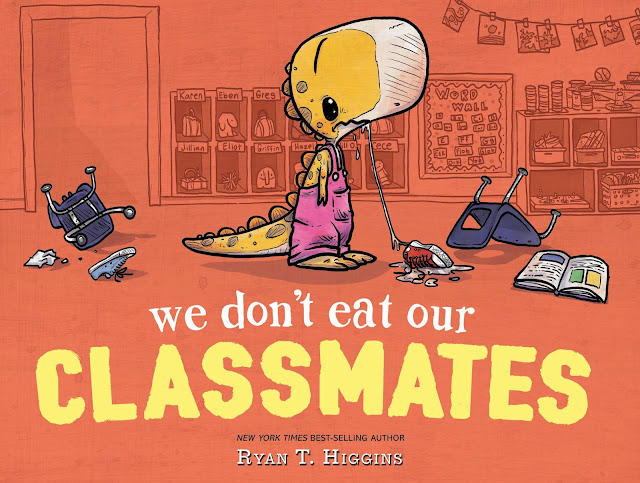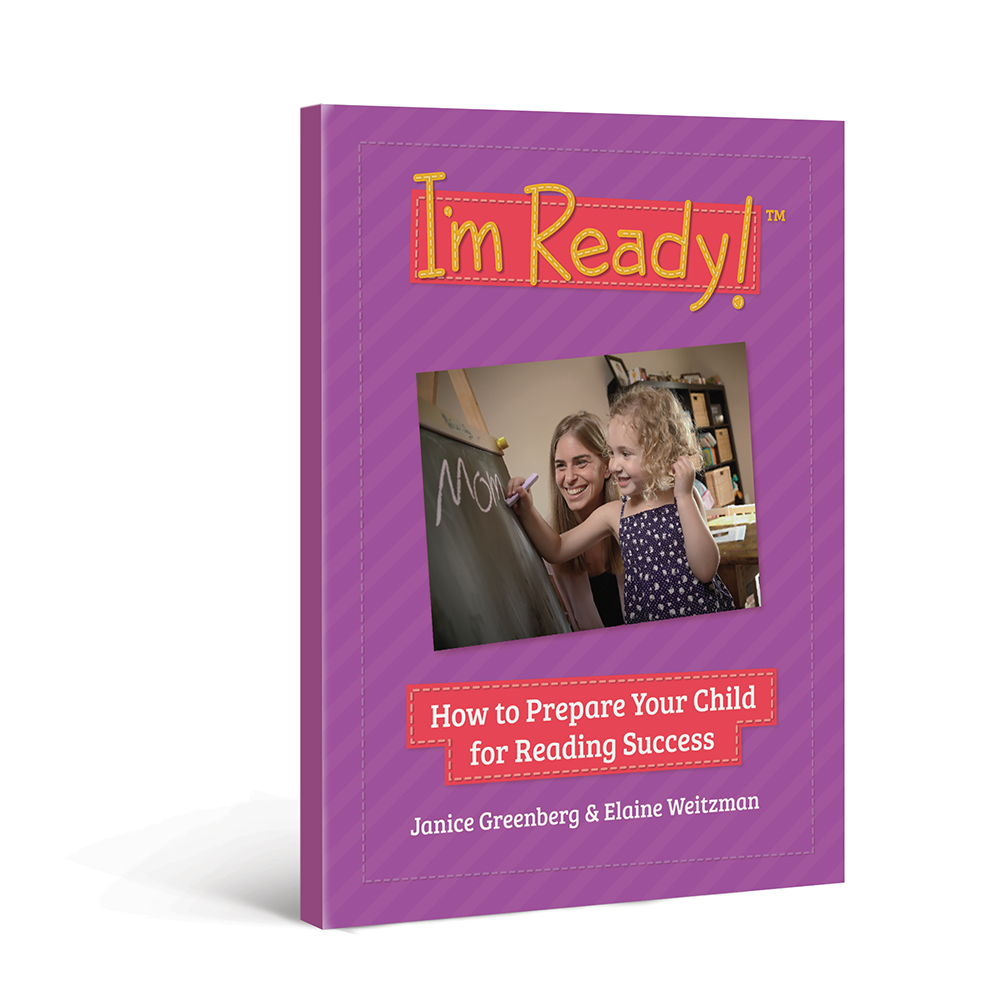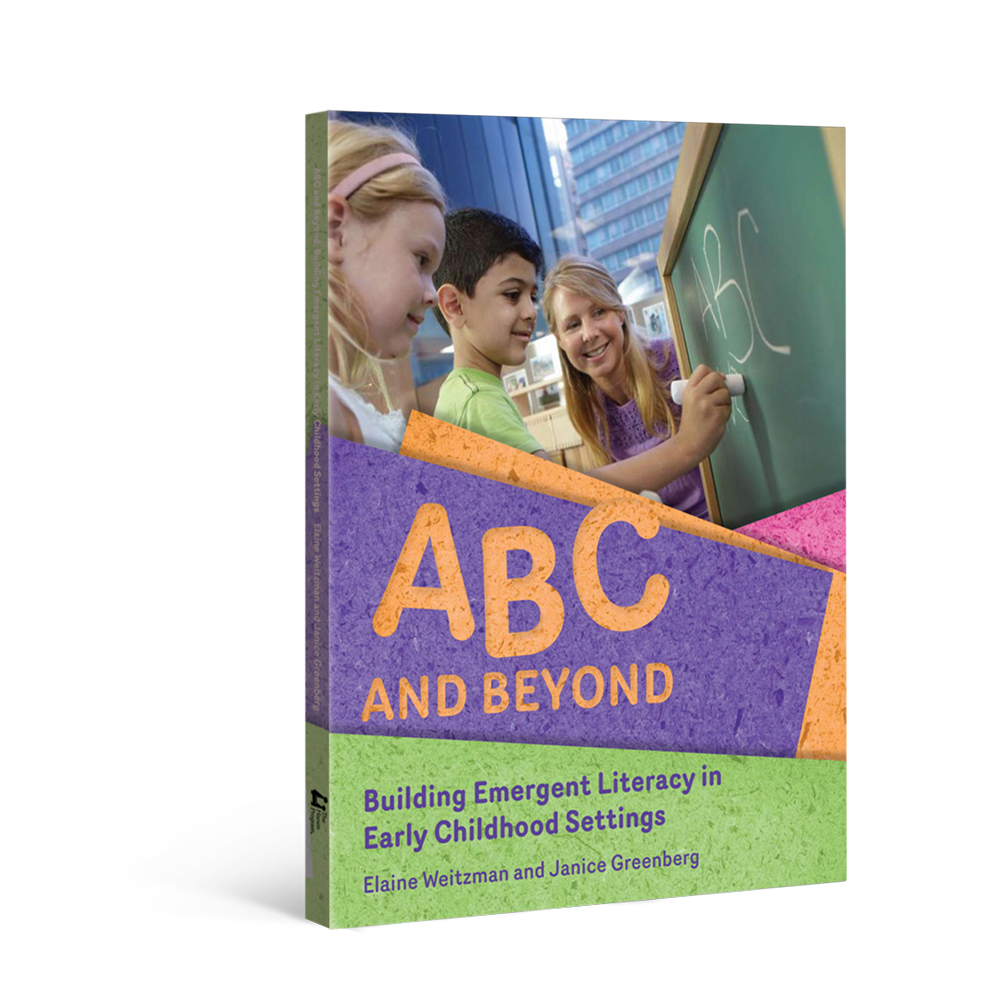This month's Book Nook topic is...
Developing Story Comprehension with We Don’t Eat Our Classmates

Although many children enjoy stories, have you ever wondered if they really understand the storyline? Reading comprehension is about more than recognizing words on the page . It’s about making sense of the story. In this Book Nook, we’ll share research-based strategies for helping children understand the basic structure of a story. This includes understanding:
- who the characters are
- where the story takes place
- what the main problem is
- what actions are taken by the character(s) to solve the problem; and
- the resolution to the problem
Keep in mind that it’s best to read and talk about a story multiple times to help build understanding. Read on to learn about strategies for first, second and third readings!
The Book:
We Don’t Eat Our Classmates by Ryan T. Higgins
Why we chose it
With school resuming this month in many parts of the world, it’s a perfect time to feature this endearing story about Penelope the T-Rex! Although the title might leave you wondering, it really is a story about making friends at school. There’s a string of problem-solving actions that lead to empathy and resolution, where she is finally able to make friends.
The First Reading
The first time you read We don’t eat our classmates; the goal is to look for meaning in the words and the pictures. CSPAR (pronounced caspar) is an acronym used to represent key elements that are present in most stories – the characters, the setting, the problem, actions taken to solve the problem, and the resolution. During the first reading, you can pause to point out different elements of CSPAR, such as:
Characters: You can begin with the front cover. After reading the title, you could add: “This is Penelope. The story is about her.”
Setting: You can talk about where the story takes place. While still looking at the front cover, you could add: “The story takes place at school. It is her first day.”
Problem: As you read, you will uncover the problem in this story. You could say: “Uh-oh, Penelope has a big problem. She is having a tough time making friends!”
Action: You can highlight the actions that Penelope takes to try to make friends. For example: “Penelope is trying to make friends by showing them her finger painting.”
Resolution: At the end of the book, you can talk about the resolution. For example: “So, Penelope solved her problem and learned a better way to make friends.”
The child will begin to develop an understanding of the story structure from hearing you point out parts of CSPAR in the first reading.
Second Reading
Now that the child is familiar with the storyline, we can highlight and label the CSPAR terms. It’s ok if these terms are new to the child. Here are some examples of how to label and explain the CSPAR elements:
- If the child points to or makes a reference to Penelope, you could say, “Penelope is the main character in this story. She is the one who the story is about.”
- If the child shows interest in the pictures, you could say, “The setting is where the story takes place. In this story, the setting is at school. This school has lockers and a class fish.”
- If your child comments about how the children have Penelope’s drool all over them and they are sticky, you could highlight, “That IS a big problem! The children do not look happy with drool all over them.”
- On the next few pages, Penelope tries a few actions to make friends. If your child laughs and says something like, “That painting is funny, none of the kids will want to sit in her mouth!” you could respond with, “Yes, I think she is trying to make friends, but I don’t think that plan of action will solve her problem!”.
- After reading the story, you could say: “Penelope did not like it when the fish bit her. She understood how the kids felt and she no longer wanted to eat them. This was the resolution. Now, Penelope has friends at school!”
Comments like these will ensure the child has a good understanding of the main events of the story. Now, they are ready to dive into a deeper understanding in the third reading.
Third Reading
Now it’s time to encourage a deeper understanding of the story. You can use the third reading to ask one or two questions to get the child thinking and talking about the story structure. For example:
- Who is the main character in this story?
- What is the setting in this story?
- What is the problem?
You can also use comments and questions to build deeper understanding:
- I am thinking our main character, Penelope, is feeling lonely.
- I’m wondering how she will solve her problem.
- Let’s read all about Penelope’s actions to try and make friends.
Using the CSPAR framework is a wonderful way to help foster understanding and comprehension. It’s important to pause after each question to give the child time to process and respond. Also, asking just a few questions is best as too many questions interrupt the joy of reading and could make the child feel like they are being tested. Reading should be an enjoyable activity that includes conversation to strengthen the understanding of story structure. The child will also be able to use these comprehension skills later when hearing or reading other stories.
Happy Reading!
More Resources
The strategies in this Book Nook post are drawn from Hanen’s practical, research-based guidebooks for building emergent literacy. Explore the links below to learn more about how these guidebooks can support you.
For Parents I'm Ready! guidebook
I'm Ready! guidebook
For Educators ABC and Beyond guidebook
ABC and Beyond guidebook
